On November 12th, 2020, the newspaper “KATHIMERINI” published the research activities of the group of the Composite and Nanostructured Materials in FORTH/ICEHT, under the leadership of Professor Costas Galiotis, regarding the development of materials for the protection of artworks under the framework of the APACHE project. The title of the article was “Some graphene for Munch’s Scream”.
“As an art lover, I knew that museums have a problem protecting their works from harmful factors, such as moisture and organic compounds, when they are in storage,” Galiotis explains. “I also knew that there were many references to well-known endangered artworks, such as Van Gogh’s ‘the Bedroom’ and ‘Sunflowers’ or Munch’s ‘Scream’, because their colors change and fade. Their main enemies are sunlight, humidity and sometimes some volatile organic compounds (VOCs).
In the article, is explained that the current activities of team are the development of materials for the protection of stored museum acquisitions under APACHE. The research aims at the development of new absorbent materials for moisture and gaseous pollutants, but also at the creation of special storage chambers/crates. Also, at the development of graphene-based humidity sensors that will be able to record humidity levels in the chambers in real time. It is further referred that the purpose of APACHE is to apply these technologies directly to the museums that are partners in the program, such as the Georges Pompidou in Paris, the Guggenheim in Venice and the national museums of Slovenia and Hungary.
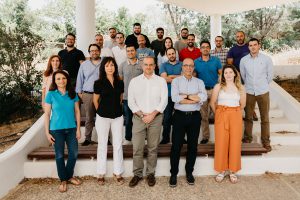
“In the photo, the group of the Composite and Nanostructured Materials of FORTH/ICEHT, under the supervision of Professor Costas Galiotis. In the first row, from left to right: (first) the researcher Dr. Maria-Giovanna Pastore-Carbone, Professor Galiotis (fourth from left) and, next, the PhD candidate Maria Kotsidi. In the second row, from left to right: the PhD candidate G. Paterakis (fourth from left) and, next, the researcher Dr. G. Anagnostopoulos. In the third row: second from the left, the researcher Dr. G. Gorgolis.”

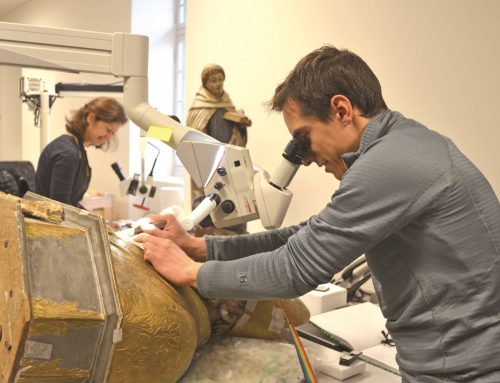
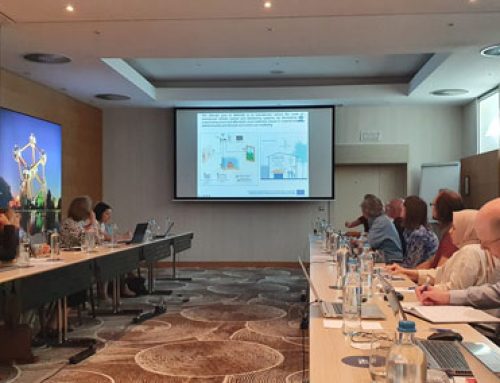
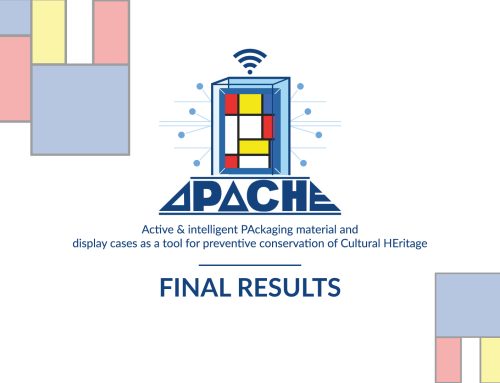

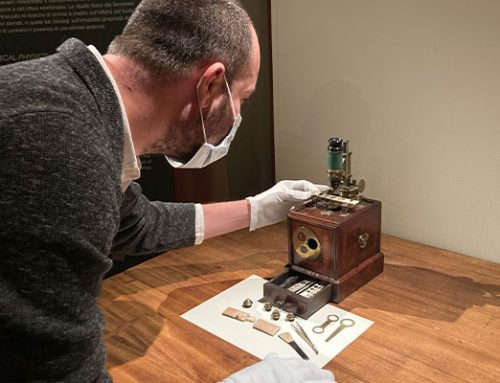
Leave A Comment